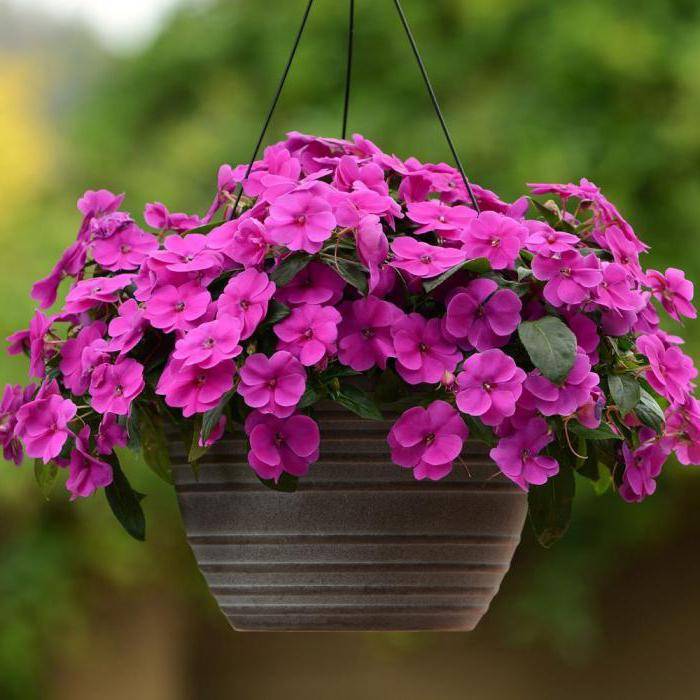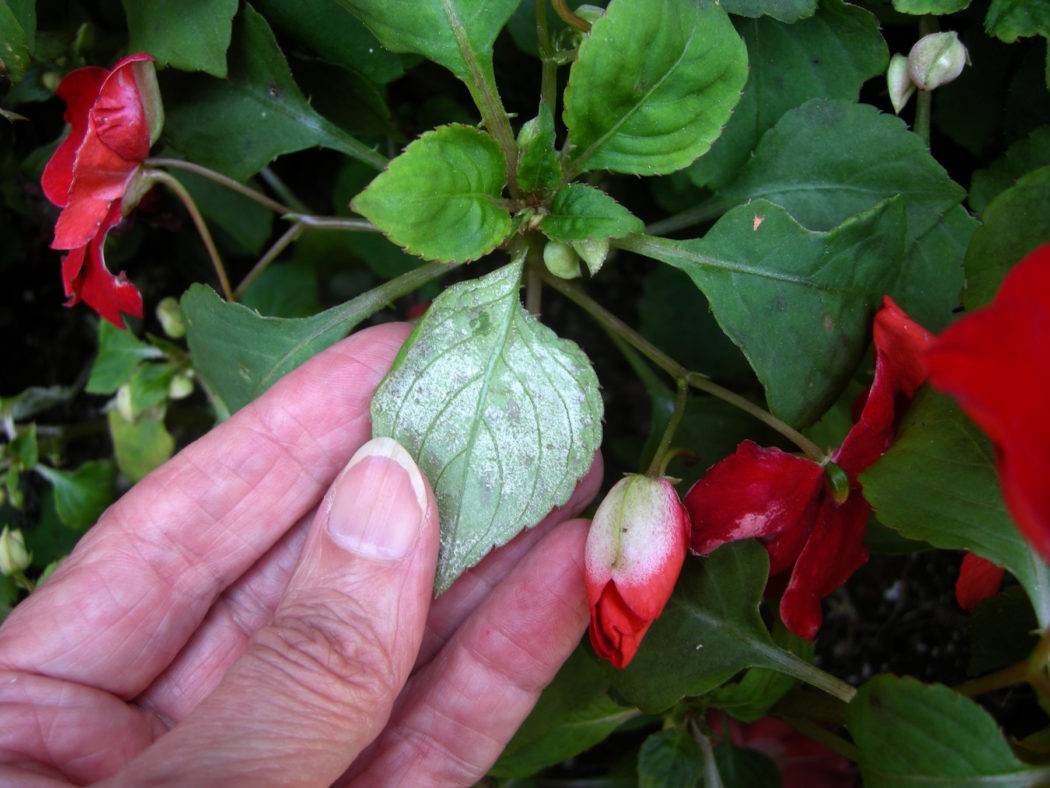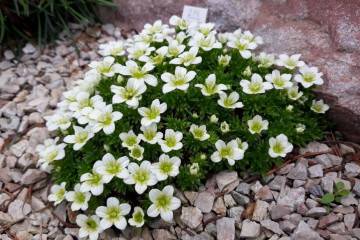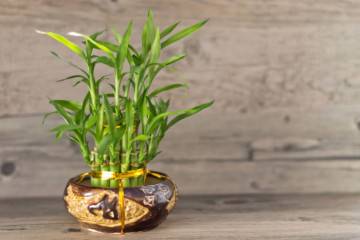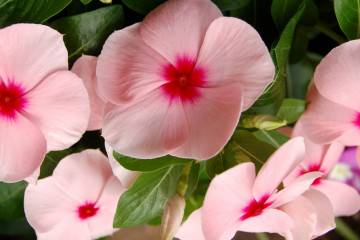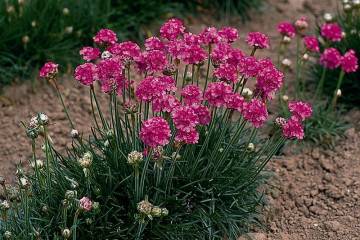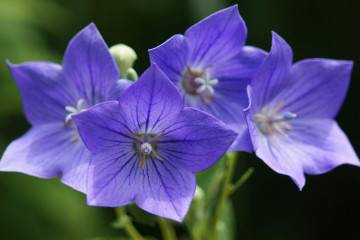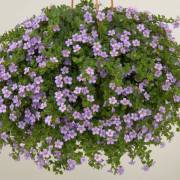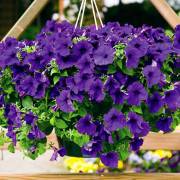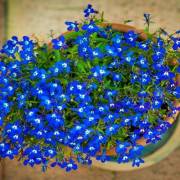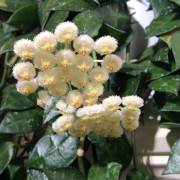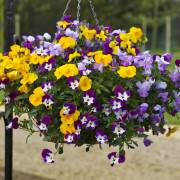Ampel impatiens - flower, planting and care
Content:
The ampelous impatiens is known for its beautiful flowers. People also call it hanging balsam. This plant does not require complex care, which makes it especially popular with novice flower growers.
Description
Shoots of ampelous impatience can reach 50 cm. They actively branch and give the plant a spherical shape. With a high level of humidity, water droplets appear on the leaves, so the flower is also called "Vanka wet" Some varieties have burgundy leaves, others dark green with jagged edges. Blooms profusely all summer, after flowering seed bolls appear.
Thanks to active selection, many varieties have been bred. Each of them has its own characteristics. For example, velvety species have rose-shaped inflorescences. The traditional flower shape is a five-petalled bell. Some varieties have a double color, which makes the plant even more beautiful.
Popular types:
- Deep Orange - bright orange flowers, dark green foliage.
- Burgundy - inflorescences of a rich raspberry hue.
- Salmon - salmon-colored flowers with a red core.
- Red Star - white inflorescences with a cherry border.
Planting and leaving
Growing a flower is not difficult, even a beginner grower can do it. The plant can be planted both in pots and in open ground, but in the latter case, the impatiens will be an annual plant.
There is a little trick that allows you to extend the life of the plant. At the beginning of autumn, impatiens are dug out of open ground and placed in a pot. Indoors, the flower winters well and in spring it can be taken out again. Impatiens easily propagates by cuttings, so you can always get young specimens.
Young plant care
The biotechnology of growing any flower is quite simple. It is only necessary to create normal conditions of detention and maintain them at the same level. In this case, it will be possible to get a profusely blooming balsam.
Balsams are very demanding on the soil. It is better to use a substrate for ampelous surfinia. It will be light and loose. When planting in open soil, you also need to use special soil, since the garden soil is too heavy for the roots of the impatiens. You can make the mixture yourself. For her, take an equal amount of vermiculite, leafy soil, sand and add two parts of peat.
Some growers prefer to grow balsams from seeds. In this case, the seed is planted in the substrate in mid-April. Previously, it is soaked for a day in a weak pink solution of manganese.
You need to sow seeds at a distance of 3-4 cm from each other, so the sprouts can fully develop. From above, the container is covered with glass or cellophane. The first shoots appear in 5 weeks. A pick can be made when 5-6 leaves appear on the plant.
General recommendations for care:
- The optimum temperature is 25 ° C, a slight decrease or increase is allowed. In winter, the indicator is lowered to 15 ° C, avoiding drafts.
- Humidity level - in the warm season, it is enough to spray the plant once a day. During the rest period, this does not need to be done.
- Watering - as needed, preventing the soil from drying out for a long time, this is especially important in the summer.
- Lighting - it blooms profusely in bright light, but a shaded area will work too.
- Top dressing - every two weeks during the flowering period. It is better to use universal remedies for flowering plants. Fertilizers are not used in winter.
- Transplant - indoors once a year in May.
Good conditions of detention ensure abundant flowering of impatiens. For planting, it is better to choose pots and flowerpots with a volume of no more than 2 liters. If the pot is too spacious, the root system will grow strongly and this will lead to the development of green mass.
If necessary, you can pinch the shoots at the beginning of June. As a rule, balsam branches beautifully without this procedure. Cut cuttings are used for propagation. It is enough to put them in water and wait for the roots to appear.
Pests and diseases
Despite the unpretentiousness, hanging balsams can die. In most cases, problems start from improper care. For example, with excessive watering, the fungal disease gray rot develops. With it, brown spots appear on the leaves and stems, gradually the affected area increases. At the initial stage of the disease, you need to remove all infected parts and treat the plant with a fungicide.
When mosaic, the plant is covered with barely noticeable red spots, which gradually captures the stems. There is no cure, the affected areas must be removed and the flower treated with a fungicide.
With a lack of feeding and very hot climates, bacteriosis develops. Watery specks appear on the leaves, which spread quickly. The disease develops rapidly and the plant dies.
Pests appear on weakened plants. If the moisture level is insufficient, balsam can infect spider mites. It is easy to spot by its characteristic spider webs on the stems. For processing, fungicides are used.
Aphids are easy to spot visually. She looks like a small green insect. It multiplies rapidly and drinks all the nutritious juices from the plant. It is better to collect aphids with a cotton swab, after which the flower is sprayed with soapy water.
Ampel Impatiens
There are many varieties of hanging balsams. Impatiens ampelous, planting and maintenance of which is simple, suitable for decorating terraces, verandas, gazebos. With it, you can create beautiful and unusual compositions. They look especially good in a company with pelargonium.
Highlight F1 Deep Orange
The variety was specially bred for growing in hanging baskets. This is what made it especially popular among flower growers. The bush grows very densely and this allows you to achieve a large number of flowers. Care for the Hailat F1 variety is standard; you can plant seedlings in open ground in the first weeks of June.
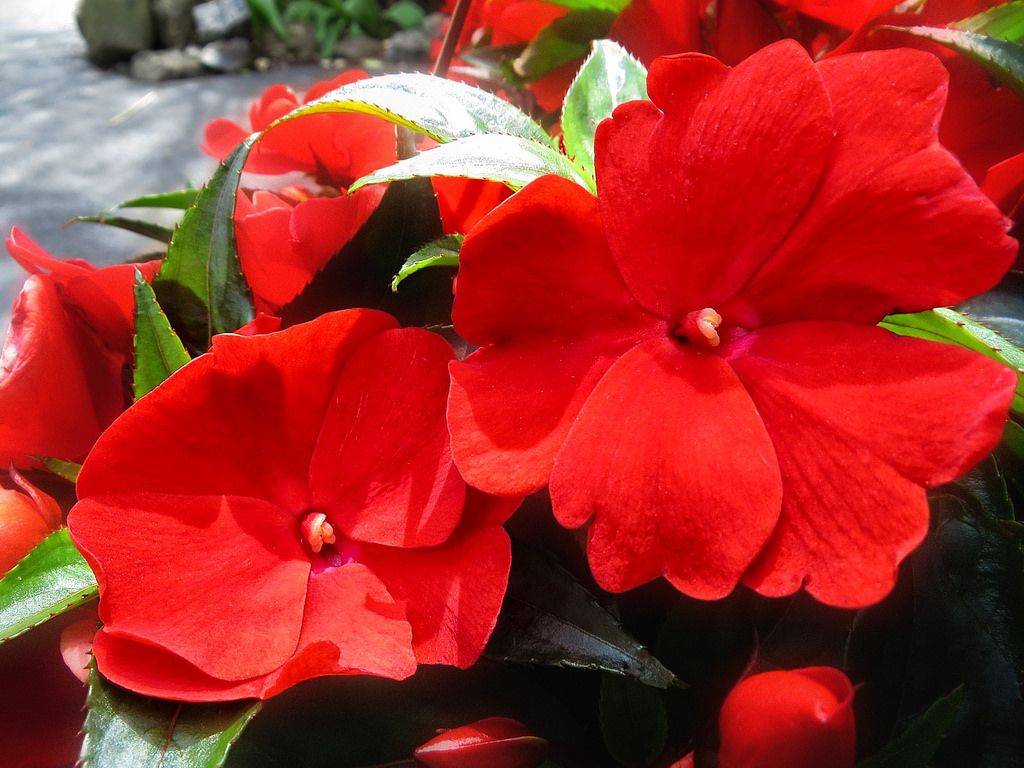
The orange-red color of the petals stands out especially clearly against the background of dark foliage.
Acrobat
The variety is bred in several varieties, each has a unique color of flowers. For example, Violet is distinguished by rich purple petals, and Star has pink inflorescences. Pale pink color in the Acrobat Salmon variety. When choosing a species, it is worth considering the flowering period, since for some it is long, while for others it is short. The flowering period of the Acrobat is from late May to October. Care is standard, suitable for both open ground and flowerpots.
Impatiens ampelous, or hanging balsam, is distinguished by simple care and beautiful flowering. It looks impressive both in the apartment and in the garden.
